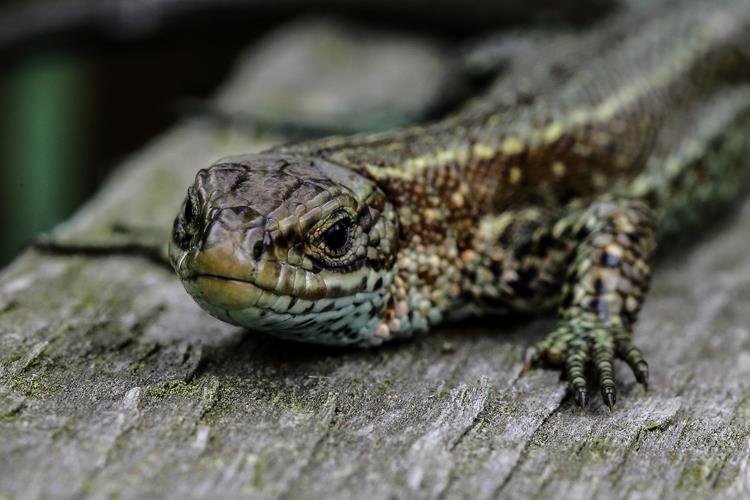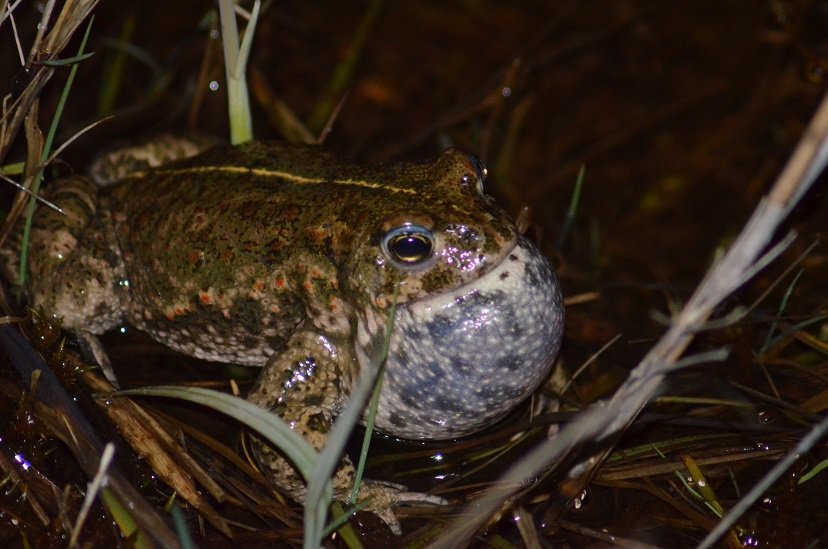Adder Vipera berus, Common frog Rana temporaria, Grass snake Natrix helvetica, Common toad Bufo bufo, Slow worm Anguis fragilis Natterjack toad Epidalea calamita, Great crested newt Triturus cristatus, Palmate newt Lissotriton helveticus, Smooth newt Lissotriton vulgaris, Common lizard Zootoca vivipara, Sand lizard Lacerta agilis
The natterjack is the rarest Welsh amphibian. It is restricted to just a few colonies on the coastal dune systems of northeast Wales. It is a small toad, only 6 or 7cm long, with a distinctive yellow stripe down its spine. It lays its spawn in strings in shallow dune ponds, where toadlets quickly develop and move out into the surrounding dunes.
Species reintroductions led by Amphibian and Reptile Conservation in partnership with Natural Resources Wales, Local Authorities and other land managers have restored both the natterjack toad and the sand lizard to much of their former ranges and are ongoing with further reintroductions planned at more sites.



